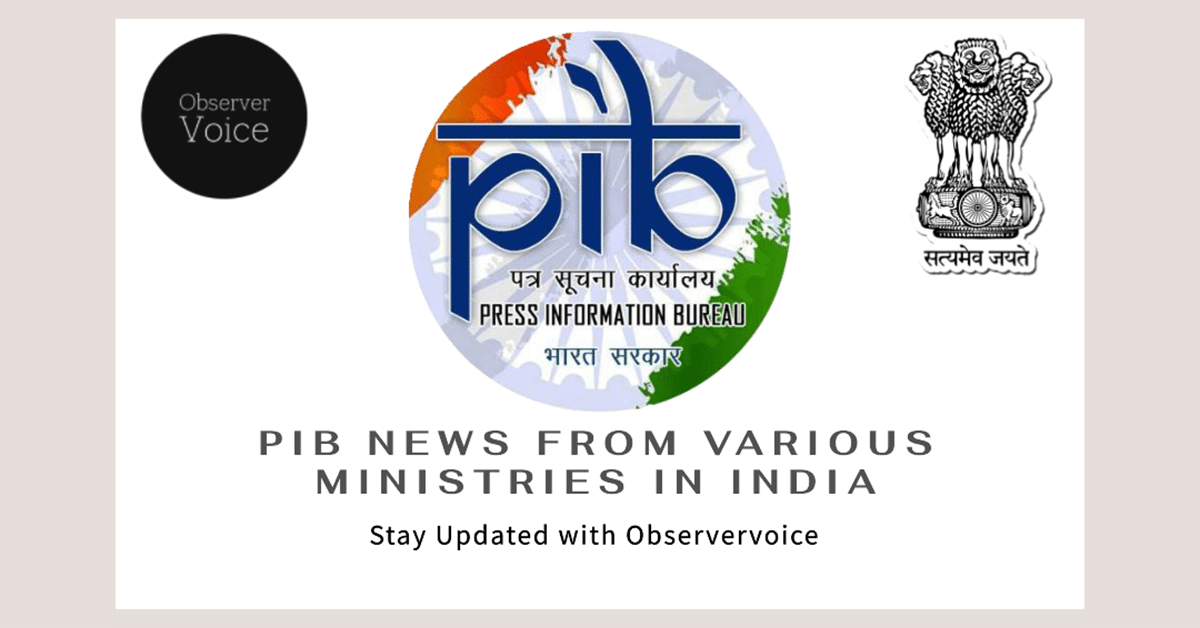Streamlining Environmental Clearance Processes in India

The Indian government has taken significant steps to streamline the environmental clearance process for various projects. This initiative aims to balance the need for development with environmental protection. The changes are part of a broader effort to enhance the Ease of Doing Business in the country. By simplifying the regulatory framework, the government hopes to encourage industrial growth while ensuring that environmental safeguards remain intact.
Understanding Environmental Clearance Requirements
Under the Environmental Impact Assessment (EIA) Notification of 2006, certain projects must obtain prior environmental clearance before they can commence. This clearance is essential as it assesses the potential environmental impacts of a project and outlines measures to mitigate them. The process ensures that projects do not harm the environment and comply with existing regulations.
In addition to environmental clearance, projects also require Consent to Establish (CTE) and Consent to Operate (CTO) from the State Pollution Control Boards. These consents are governed by the Water (Prevention and Control of Pollution) Act of 1974 and the Air (Prevention and Control of Pollution) Act of 1981. These laws are designed to protect water and air quality from industrial pollution.
The recent amendments to these acts have introduced exemptions for certain categories of industries. This change aims to reduce the compliance burden on businesses while maintaining environmental standards. The government believes that these exemptions will not adversely affect the environment, as they integrate the consent process with the environmental clearance process.
Recent Amendments and Their Implications
The Central Government has amended Section 21 of the Air Act and Section 25 of the Water Act. These amendments exempt specific industries from obtaining consents if they have already secured environmental clearance. Notifications issued on November 12, 2024, detail these exemptions. Industries classified as “white category” are completely exempt from the consent mechanism, while others may bypass the Consent to Establish if they have environmental clearance.
This regulatory change aims to eliminate overlapping requirements that previously complicated the approval process. By streamlining these procedures, the government hopes to promote industrial growth and enhance the Ease of Doing Business in India. The State Pollution Control Boards will still have a role in the environmental appraisal process, ensuring that their conditions are included in the environmental clearance.
Technological Innovations in Environmental Governance
The Ministry of Environment, Forest and Climate Change has introduced technological reforms to improve the environmental clearance process. The PARIVESH platform is a key component of this initiative. It aims to make the clearance process more efficient and transparent. By leveraging technology, the government seeks to ensure that all stakeholders can access information easily.
PARIVESH 2.0 emphasizes the importance of transparent governance. It allows for the delegation and decentralization of various projects, including mining, irrigation, and transportation. This shift enables State Level Environment Impact Assessment Authorities to handle more projects, expediting the approval process.
Additionally, the new regulations allow for a phased expansion of production capacity by up to 50% without requiring a public hearing, provided that environmental safeguards are met. This flexibility is intended to support industries while ensuring that environmental considerations remain a priority.
The recent changes in environmental clearance processes reflect the Indian government’s commitment to fostering industrial growth while protecting the environment. By simplifying regulations and leveraging technology, the government aims to create a more conducive environment for businesses. These reforms not only reduce the compliance burden on industries but also ensure that environmental safeguards are upheld. As India continues to develop, balancing economic growth with environmental sustainability will be crucial for the country’s future.
Observer Voice is the one stop site for National, International news, Sports, Editor’s Choice, Art/culture contents, Quotes and much more. We also cover historical contents. Historical contents includes World History, Indian History, and what happened today. The website also covers Entertainment across the India and World.

